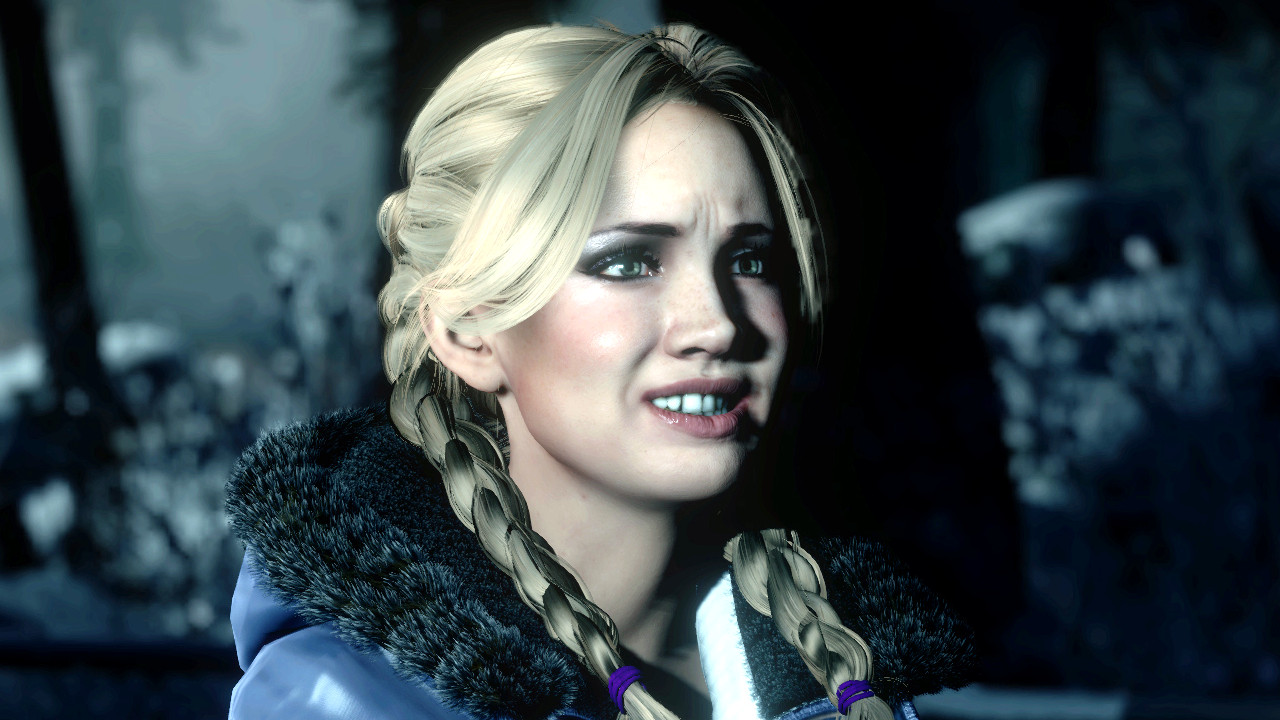Great horror needs a great (but not necessarily likeable) cast
Horror games can connect with us more by including a cast of characters to amplify the scares waiting around each corner
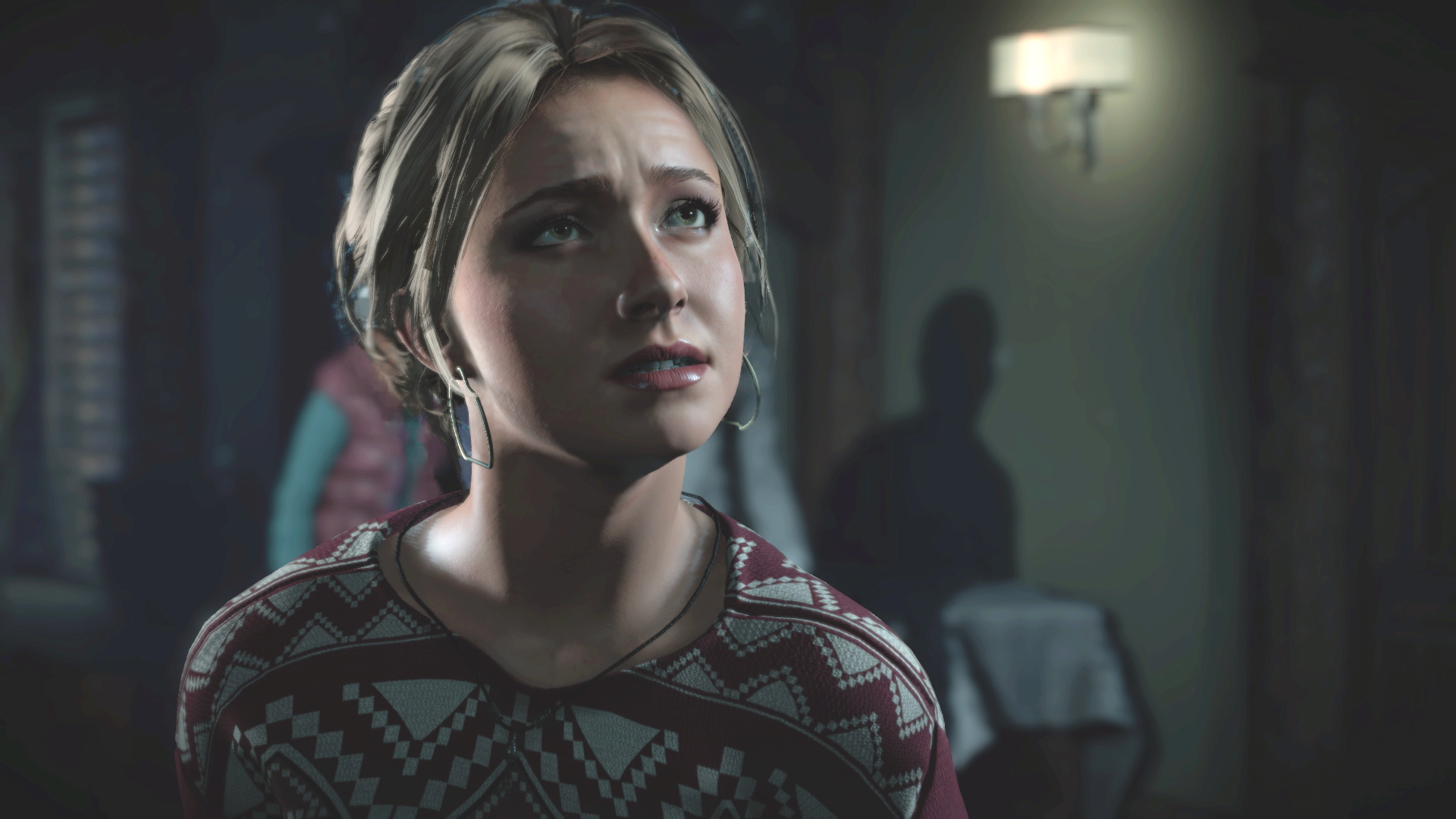
You can get jump scares out of just about anything if you suddenly thrust it into players’ faces alongside a stab of carefully selected music. It’s a relatively easy technique, but a really effective one. When used sparingly, at least. Long-term, this dependable psychological trick is barely enough to stretch a two-hour film around, so in games it only really holds up for the adrenaline-spiking likes of Slender: The Arrival and Five Nights At Freddy’s - bite size nuggets of tension that hinge on the limitations of what you can see and the sure and certain knowledge that you’re being stalked.
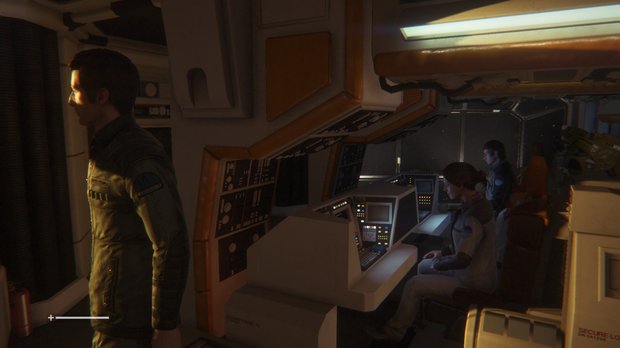
Developers know there are limits to this, that even heart-pounding shocks are numbed by that complexity-reducing machine in our heads over time, as it learns the patterns and rationalises the irrational. So they’ve tried all sorts of tricks to keep the scares fresh and unpredictable. Some have attempted randomisation and procedural disorientation, be it as sophisticated as Alien: Isolation’s predatory xenomorph, or as basic as Daylight’s rather clunkily stitched-together maps. Others have gone for the onward tug of a mystery, such as what happened to Penumbra: Black Plague’s decrepit facility, or the purpose and nature of Soma’s creepy machine growths.
Characters are everything
But I’d argue (look, here I am doing it) that one of the simplest solutions to making a horror game more than a ghost train without the rail car is also one of the best: include a strong cast of just-likeable-enough characters. Take us out of ourselves - and possibly ditch the now-ubiquitous first-person viewpoint - to build psychological tension that has nothing to do with flickering shadows and sudden noises. I’m not arguing we should never be alone in the dark (of course we should; isolation is scary), but a full cast just gives a game the license to do so much more. At the bare minimum, it lets it twist the narrative and get us second-guessing ourselves, but it also goes rather deeper than that.
Take Until Dawn, a fantastic interactive take on the ‘And Then There Were None’ trope, where the cast don’t even have to die horribly to produce moments of sweaty palmed tension. Its web of adolescent lusts, grudges and cruelty breeds lurking mistrust as quickly as any sigil-carved hall on an ancient Indian burial ground, keeping you questioning motives in between being picked off in death scenes. It’s also, however, a horror game that knows how to use the let-off valve, mixing in humour, false starts and miscellaneous pratting around to amplify its most horrific ideas when they do arrive.
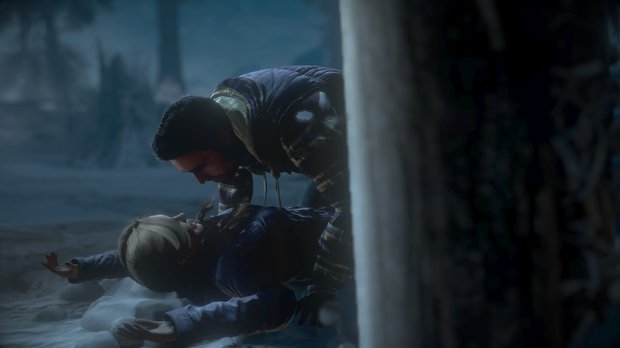
Teenage protagonists are an enduring cliche of the genre, of course, but that’s because they’re so effective. This period of life, after all, is a ready shorthand for inchoate personalities, experimenting with who they are and what they can do. Testing those boundaries almost invariably involves stepping over the line occasionally, as the Until Dawn gang do when they play their disastrous prank on Hannah in the prologue, which opens the door to another genre classic: watching the deserved death of a certified asshole. It’s a self-righteous guilty pleasure, but a necessary one. If everyone were a saint, then Until Dawn would be a sadistic story of watching, and directly causing, innocents to die. But as it is, every failure hammers home the true stakes: screw this up, flub that QTE, and this game will end you, justifiably.
But there’s a marvellous flipside to the deserved death coin with teens: we all remember that we ourselves were cocks at times, as we figured out how to make the transition from child to adult. Sequences like Until Dawn’s early shooting range - where you can choose to kill an innocent squirrel to prove your aiming talent - even encourage the player to relive adolescent’s frequent toying with moral boundaries. Inherently, we sympathise, and we recognise the potential to change, to mature. Which is why, when taking control of one of Until Dawn’s less lovable members, there’s still a desire to keep them from harm, even amid the judgemental thrill of assuming direct guardianship for their Ug-wearing souls.

Even games where we spend the majority of the runtime by ourselves in the dark are better for the occasional human touch. As actively engaged players, not passive movie-goers, we do need some motivation to continue to subject ourselves to heightened blood pressure, and while getting to the bottom of events at a mysterious facility is all very well, there are few more effective draws than the promise of the warmth and light of human companionship when you’re all alone.
Weekly digests, tales from the communities you love, and more
This is the start of a beautiful, terrifying friendship
That’s why Soma’s Catherine Chun is such a powerful tool in stringing you along between the game’s infrequent monster encounters, especially early on. The first time you meet, she’s nothing more than a voice on the other end of the line. While instinctively you know to distrust these, you’re isolated and threatened, so she’s still a beacon of hope. Finding a way to talk to her also gives much-needed purpose amid the confusion, so on you go. But there’s a nagging sense of unease. What if you don’t like what you find? Monsters are scary, but unknown people can be a thousand times more terrifying. They have intelligence and motives you can’t entirely trust.
This, honestly, is where Alien: Isolation broke down for me. Its motivating mystery – what happened on the Nostromo – is something I’ve already got multiple films worth of closure on. And while I admired its mechanics and the sheer dread of negotiating a space with an Alien in it, it lacked the tug of a cast well-developed enough that saving them felt important, or that watching them die elicited anguish. It’s still a great game, but I could always put it down and walk away with really needing to know what happened next.
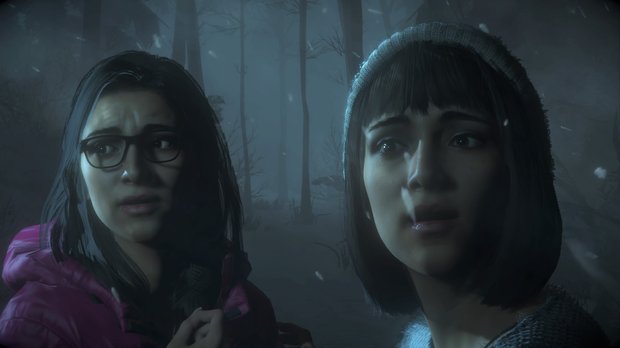
With commercial VR on the cusp of the mainstream - an advent which threatens to remove the barriers that insulate us from jump-scares, while bringing a fresh crop of great games that stretch the genre in new ways - horror is going through something of an adolescent phase itself right now. As it grows, we need more creators like Supermassive, Frictional and The Creative Assembly to push the boundaries of what games can offer beyond nervy scares, devising new ways to make us need to change underpants. But as they do, let’s not forget that while masks and ambiguity can lead to great horror, it also needs faces – and ones you shouldn't entirely get on with, at that.
If you like feeling terrified, check out our Until Dawn clue collectibles and totem locations guideor Forget jump scares and stealth: my perfect horror game makes you a monster, and can tell when you're faking it
